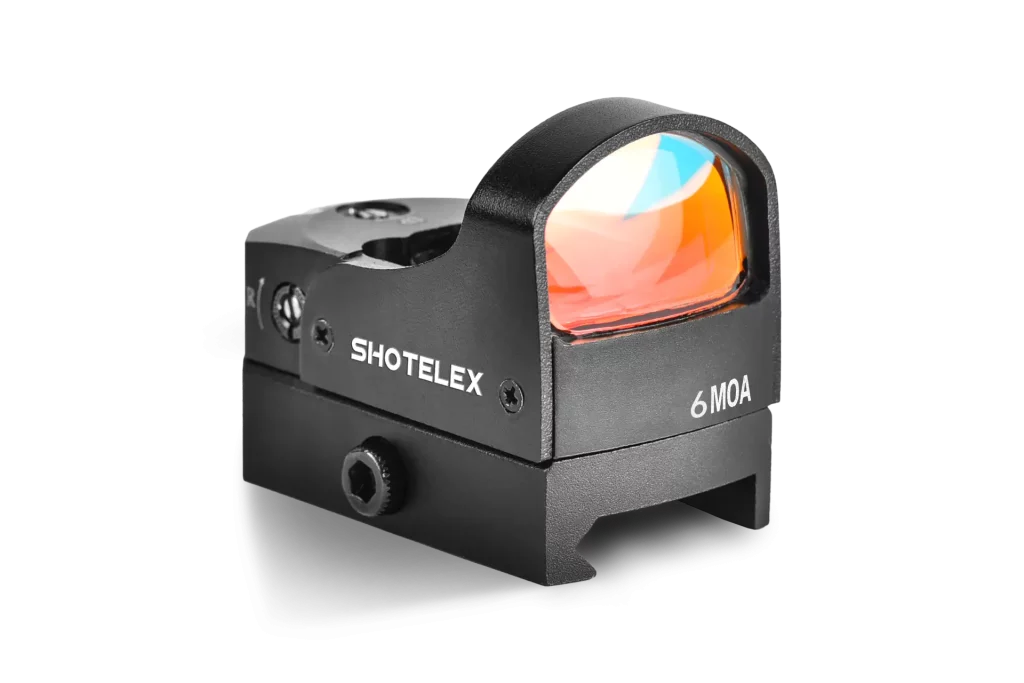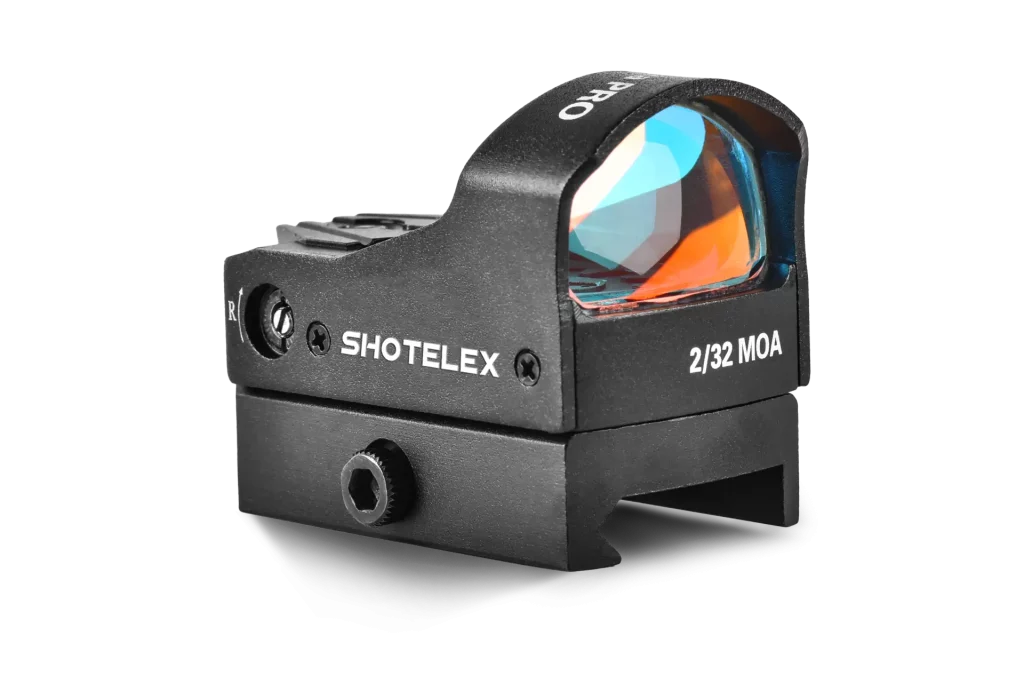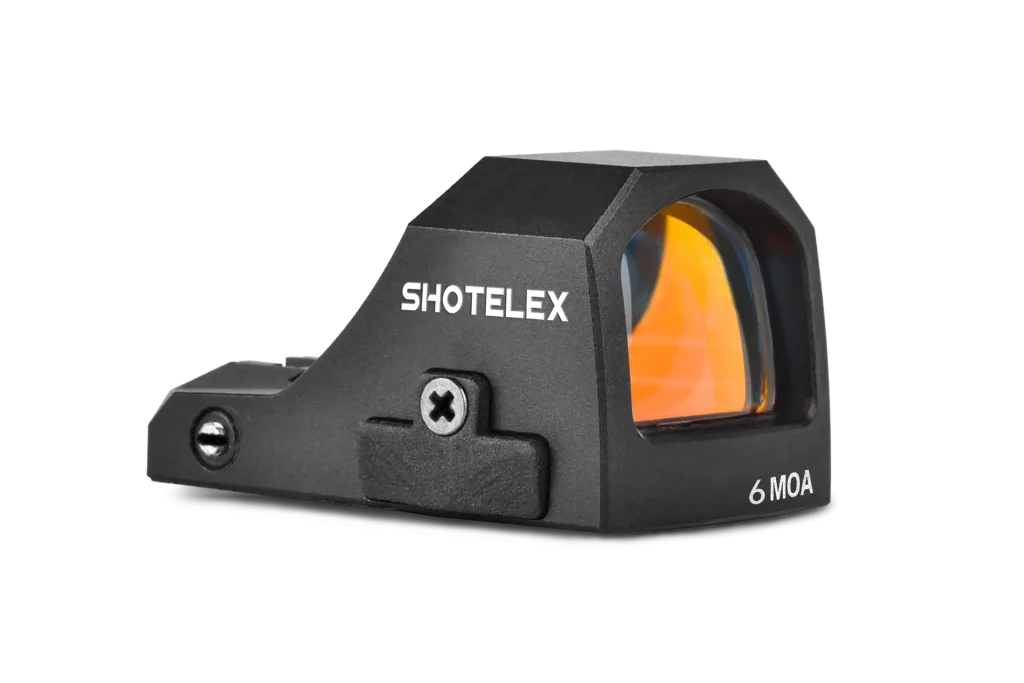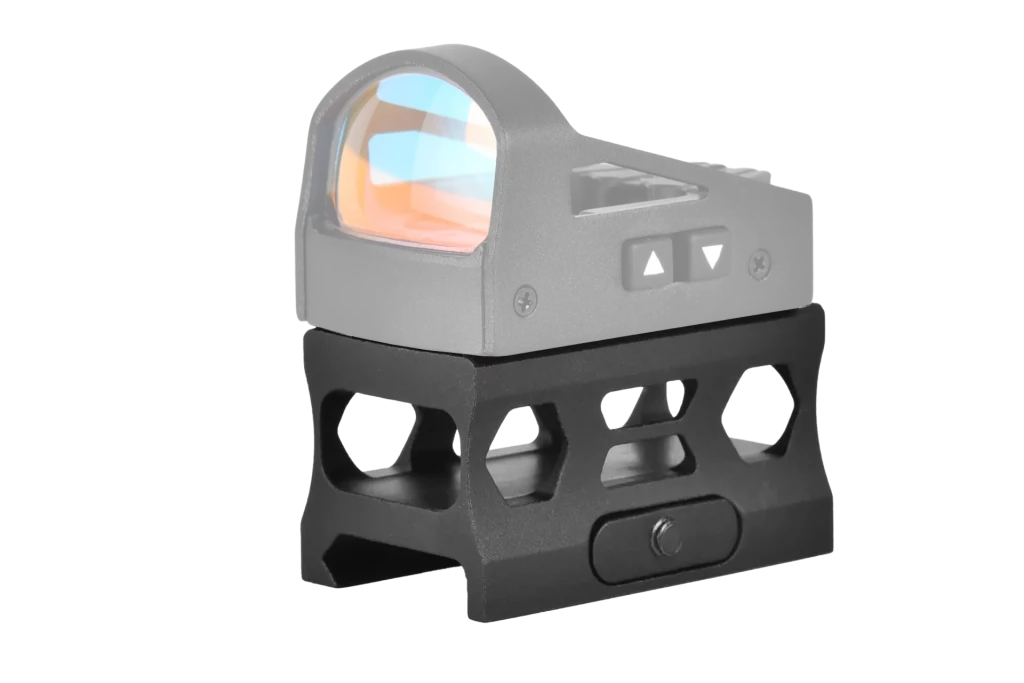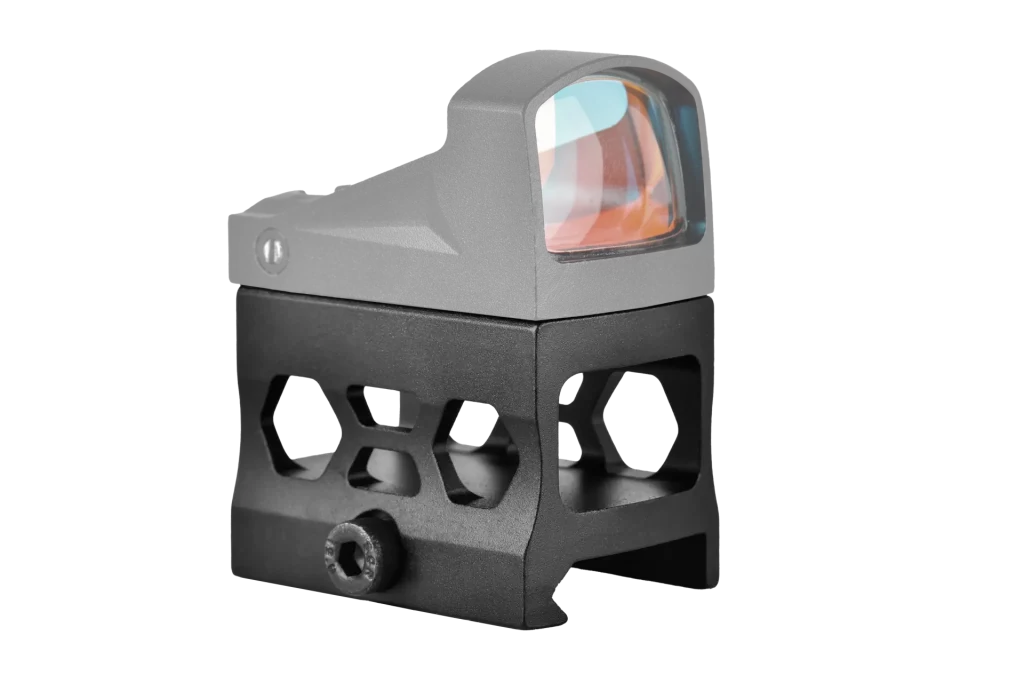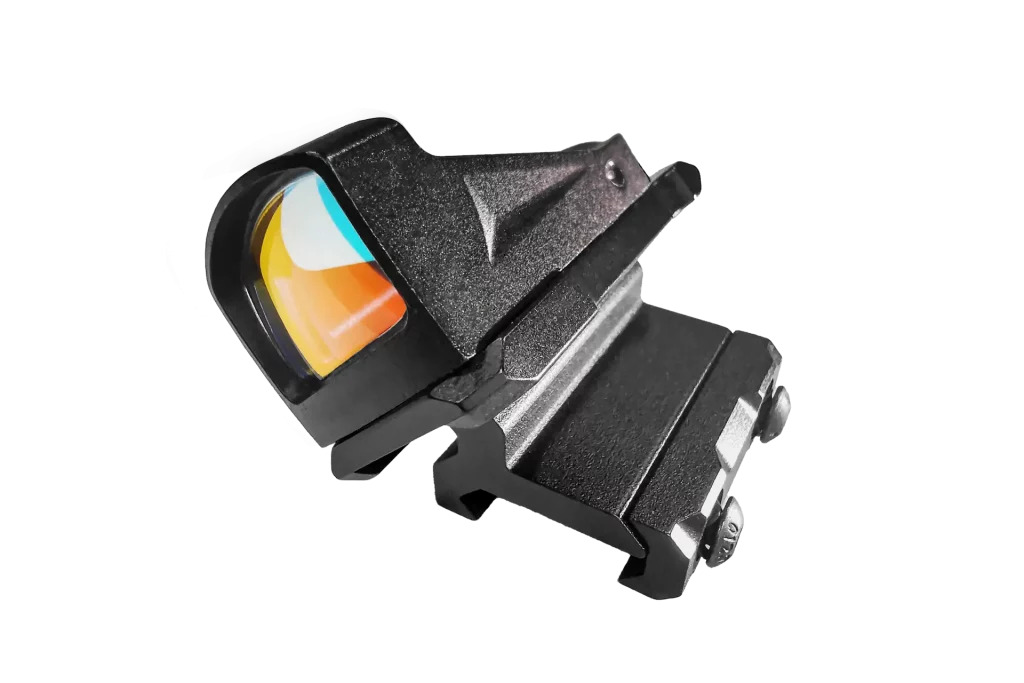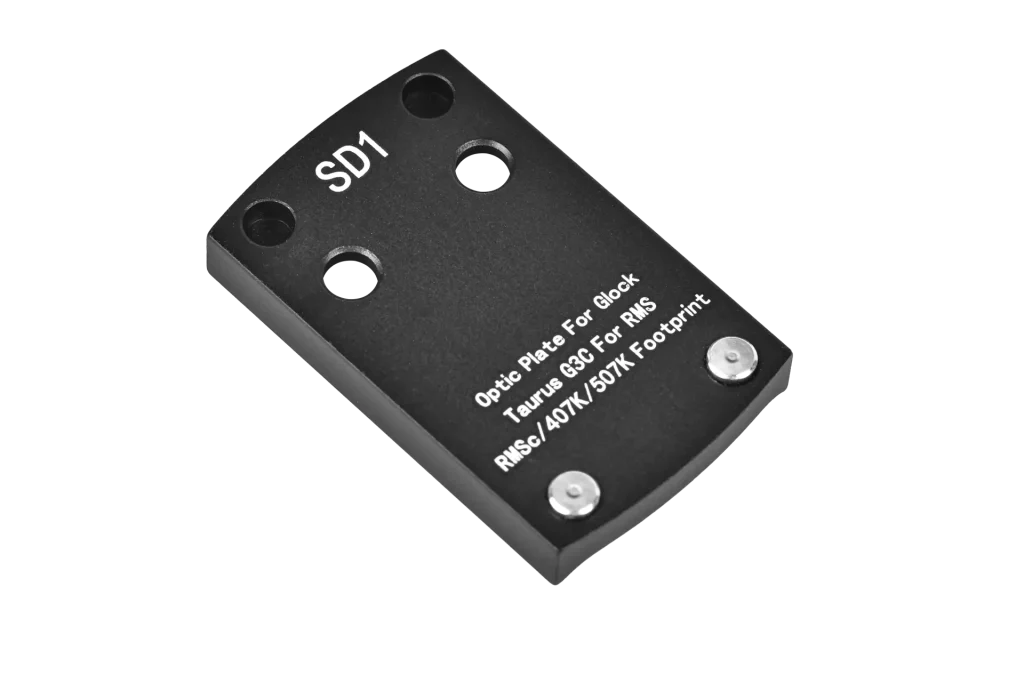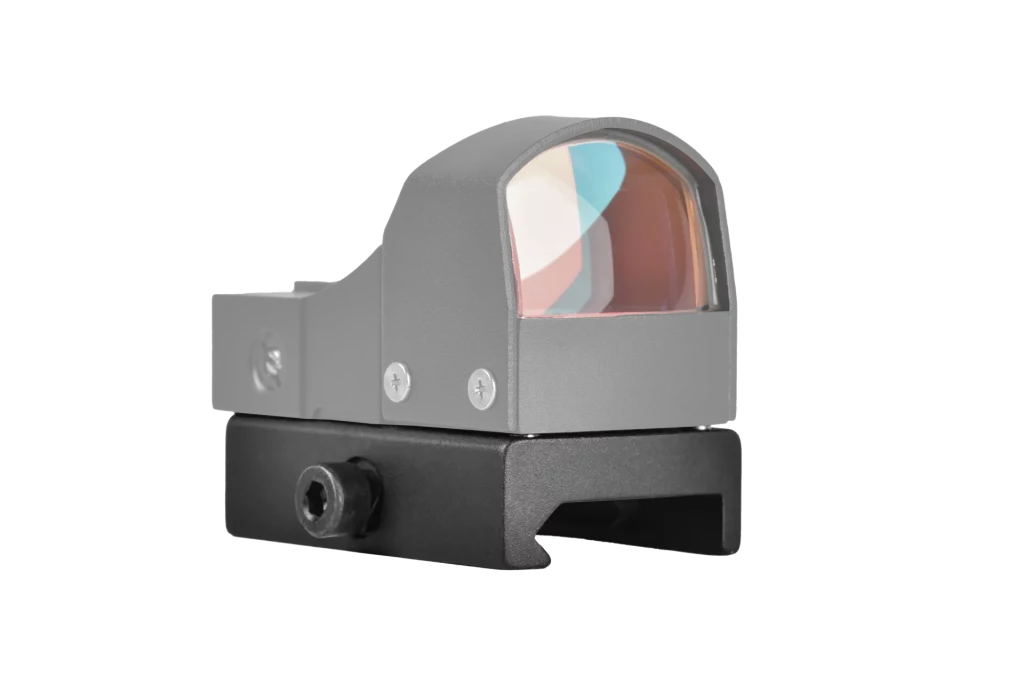How to Sight in a Riflescope? Step by Step Guide
In shooting sports, hunting, or other shooting-related activities, a rifle scope is a key tool for improving accuracy. Whether you’re an experienced shooter or a beginner just starting to use a scope, properly adjusting it is crucial. Today, we will provide a detailed guide on how to sight a riflescope to help you improve your shooting precision.
Why is It Necessary to Sight in a Riflescope?
Sighting in a riflescope is essential to ensure shooting accuracy. Many shooters often miss the target simply because they haven’t properly sighted in their scope, which can affect shooting results. Whether you’re hunting or practicing at the range, sighting in your scope ensures that every shot is on target.
If your riflescope is not properly sighted in, it may lead to the following issues:
- Bullets deviating from the target, resulting in a lower hit rate
- Inaccurate shots at long distances
- The scope fails to function properly due to factors like wind speed and other environmental influences
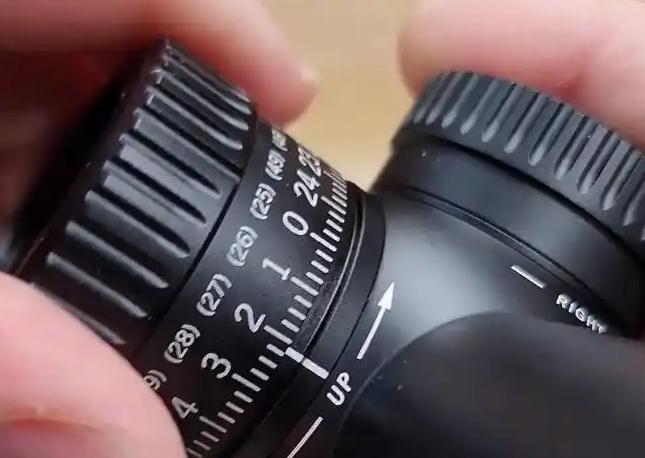
Basic Knowledge of Sighting in a Riflescope
Before we go further into how to sight in a riflescope, let’s figure out the basic information about riflescope
- Windage Adjustment: Adjusts the horizontal position of the scope to correct for bullet deviation caused by wind or other external factors.
- Elevation Adjustment: Adjusts the vertical position of the scope to correct for height deviations caused by angle or other factors during shooting.
- Magnification Adjustment: Adjusts the magnification level of the scope based on shooting distance, helping to clearly view distant targets.
- Eye Relief Adjustment: Adjusts according to personal vision to ensure comfortable eye positioning.
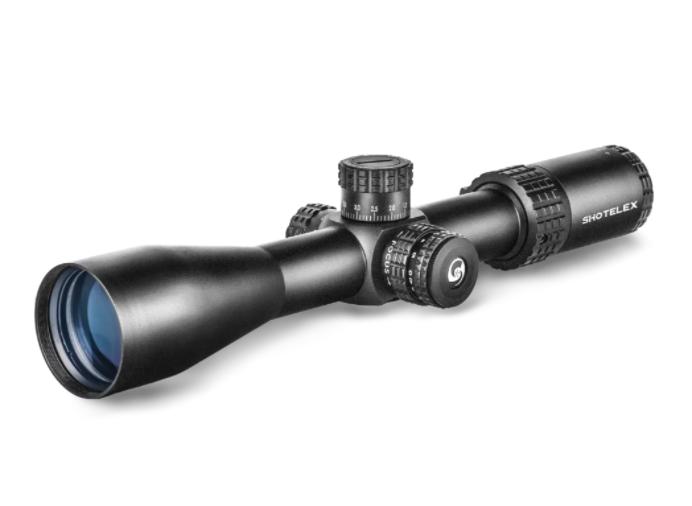
How to Sight in a Riflescope?
Here, we finally arrive at the crucial steps on how to sight in a riflescope. Let’s dive into each step to help you achieve optimal accuracy.
Step 1: Mount the Riflescope
Ensure that your riflescope is securely mounted and parallel to the barrel. When mounting, check that the scope is firmly fixed to the firearm to avoid inaccurate adjustments due to looseness or misalignment.
Step 2: Set an Initial Distance
Choose a target at about 25 to 50 yards (approximately 70 to 150 meters) for initial adjustments. This distance is suitable for making rough adjustments and setting the stage for more precise sighting in.
Step 3: Use a Paper Target for Calibration
Select a paper target and use the riflescope to aim at the bullseye. Fire a few rounds and observe the bullet impact deviations. Based on the results, adjust the scope’s elevation and windage turrets.
- Elevation Adjustment: If the bullet holes are above or below the bullseye, adjust the elevation turret until the bullet holes align with the center.
- Windage Adjustment: If the bullet holes are off to the left or right of the target, adjust the windage turret to bring the bullet holes back to the bullseye.
Step 4: Repeat Testing and Fine-Tuning
After the initial adjustments, conduct several shooting tests to ensure the bullet holes consistently stay on the bullseye. If any deviation is noticed, make small adjustments to the scope settings until the desired accuracy is achieved.
Step 5: Test at Different Distances
Test the scope at various shooting distances to ensure it maintains accuracy at all ranges. Pay special attention to how the scope performs at longer distances to ensure it meets your expectations.
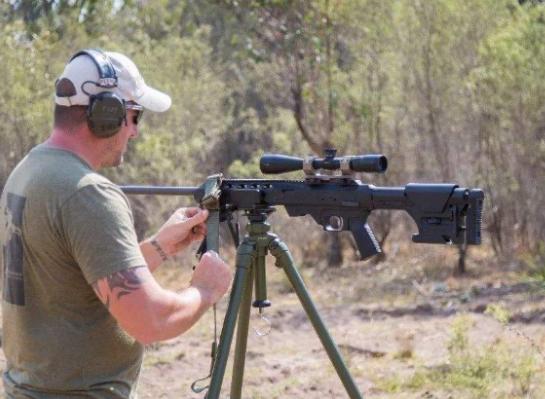
Common Sighting In Riflescope Mistakes and Solutions
Sighting in a riflescope can be a meticulous process, and sometimes shooters encounter issues that prevent the scope from being perfectly aligned. These errors can lead to inaccurate shots. Here are some common mistakes made when sighting in a riflescope and how to resolve them:
1. Not Checking the Mounting of the Riflescope
One of the most common mistakes is failing to properly mount the riflescope. If the scope is not securely fastened or is slightly misaligned, even the most accurate adjustments will be ineffective, leading to shots that consistently miss the target.
Solution: Always ensure that your scope is properly mounted before sighting it in. Use a reliable mounting system, and double-check that the scope is parallel to the barrel and securely tightened.
2. Ignoring Parallax Adjustment
Many shooters overlook the importance of adjusting the parallax setting on their scope, especially when using scopes with adjustable objective (AO) or side focus. Parallax error can cause the reticle to shift relative to the target, leading to inaccurate shots.
Solution: Adjust the parallax according to the distance at which you are shooting. Most scopes have a parallax adjustment knob that allows you to focus on the target at various distances.
Make sure that the parallax is set correctly for the shooting distance, ensuring that the reticle remains on the target.
3. Overcompensating with Windage and Elevation Adjustments
It’s easy to overcompensate when making windage and elevation adjustments. Making large adjustments after each shot can cause the bullets to drift too far off target in the opposite direction.
Solution: Make small, incremental adjustments after each shot. For windage and elevation, adjust by one click at a time and test the results. This will allow for more controlled and precise adjustments, minimizing the risk of overcompensating.
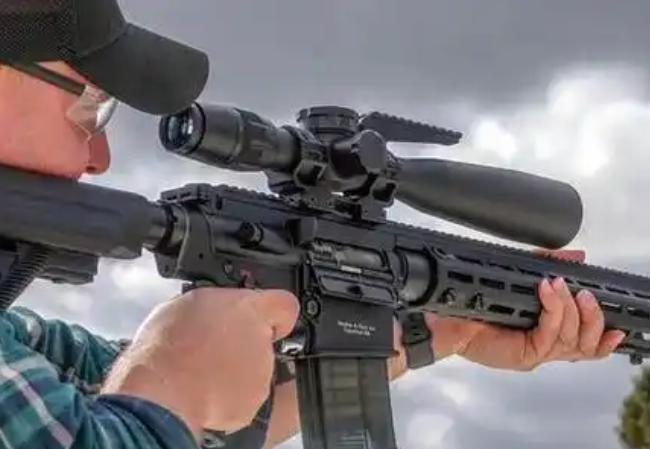
4. Failing to Account for Environmental Factors
Wind, temperature, and other environmental factors can have a significant impact on your shot placement. Failing to account for these conditions can lead to inaccurate shots.
Solution: Always assess the wind speed and direction before adjusting your scope. For long-range shooting, it’s essential to factor in wind and other environmental influences.
Use a wind meter or observe the wind’s effect on nearby objects to gauge its strength and direction, then adjust your shot accordingly.
5. Misreading the Range
Misjudging the distance to the target can lead to inaccurate adjustments, particularly at longer ranges. If you’re not accounting for the bullet’s trajectory at various distances, you may make incorrect windage or elevation changes.
Solution: Always confirm the shooting distance before making adjustments. Use a rangefinder or measure the distance accurately to ensure you adjust the scope for the correct range.
If you’re unsure, begin by sighting in at a closer distance and progressively test your scope at longer ranges.
How to Maintain the Long-Term Accuracy of Your Riflescope?
The long-term accuracy of a scope relies not only on proper adjustments but also on regular maintenance and checks.
Regularly Check the Screws
Over time, and after prolonged use, the screws on your riflescope may naturally loosen due to vibrations or movement, which can negatively affect its adjustment and accuracy, hence, it’s important to regularly inspect all screws on your riflescope, including those securing the lenses and adjustment mechanisms.
If you notice any screws becoming loose, tighten them gently with the appropriate tool. Avoid overtightening, as this could damage the threads or cause undue stress on the scope.
Keep It Dry and Clean
Moisture and dirt can quickly degrade the quality of your optics and impair the precision of your shots. If you’re using it in humid or rainy conditions, store it in a protective case when not in use.
Additionally, regular cleaning of the lenses is crucial to maintain their clarity. Use a microfiber cloth or a lens cleaning solution specifically designed for optics to gently wipe the lenses.
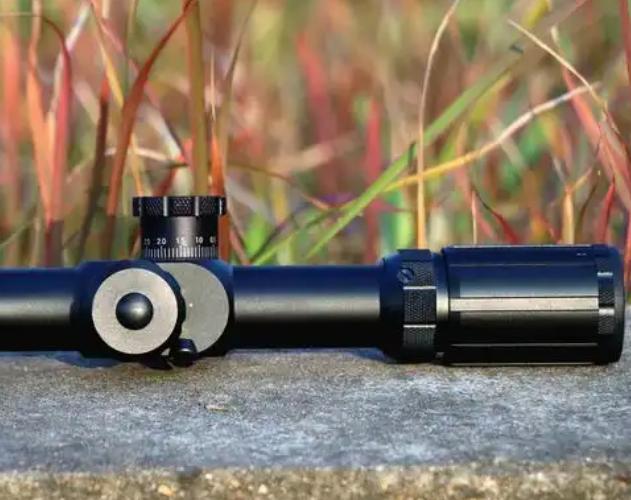
Avoid Impact
While scopes are designed to withstand some level of shock, excessive impact can cause lasting damage to their internal mechanisms and affect the precision of your shots. Whether you’re trekking through rough terrain or handling your firearm, be mindful to avoid dropping the scope or subjecting it to severe shocks.
Always store your scope in a padded case during transport, and ensure it’s securely mounted to your firearm to minimize the risk of unintentional impacts.
Final Thoughts
Properly sighting in your riflescope is a crucial step in ensuring shooting accuracy. Through installation, calibration, and fine-tuning, shooters can ensure that every shot hits the target. If you are looking for high-quality riflescopes, Shotelex riflescope will provide you with precise and stable shooting performance.Start sighting in your riflescope to enhance your shooting skills!

